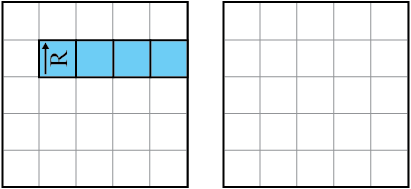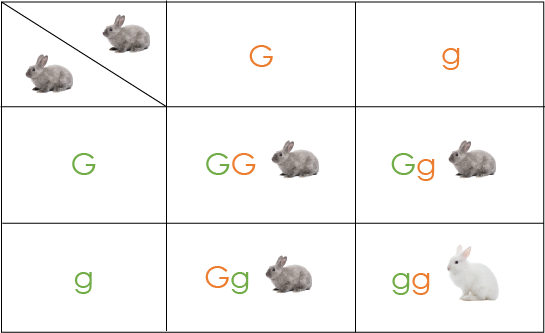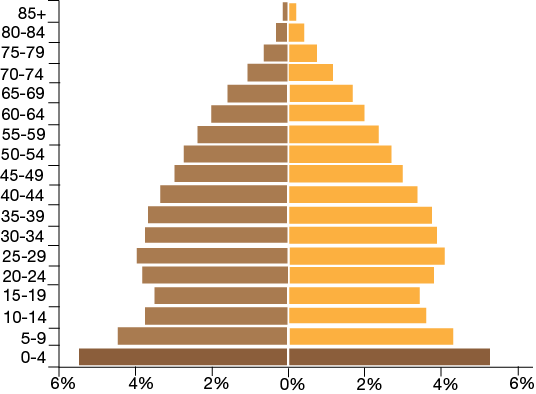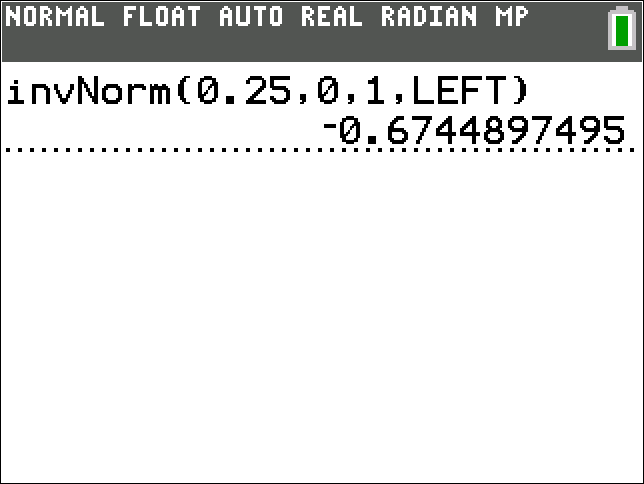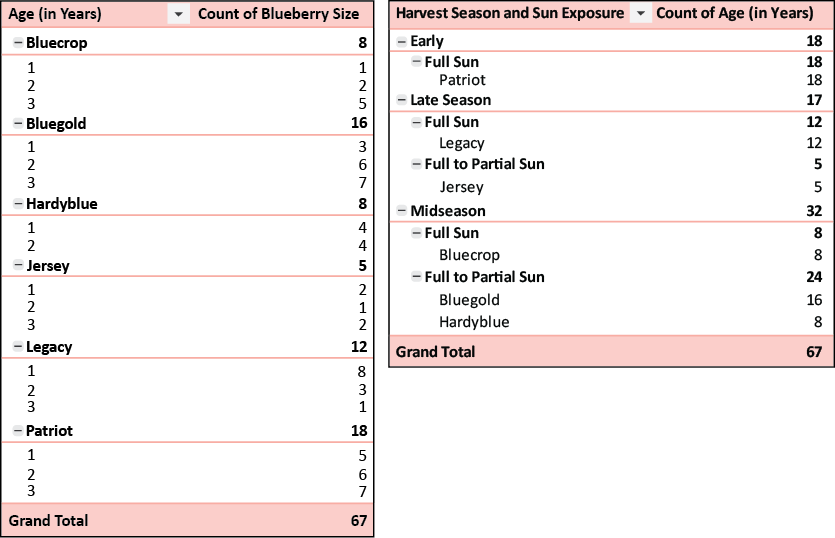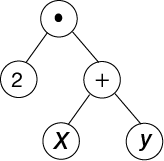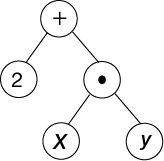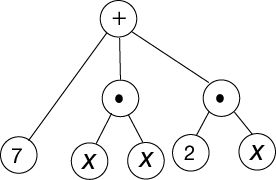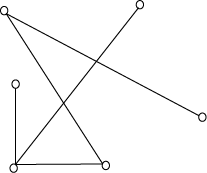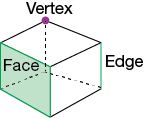THE LOGIC OF NONOGRAMS
In Section 1.1, you learned about solving problems using logic and you explored a variety of situations and a logic puzzle. Another type of logic puzzle is the nonogram. Nonograms are picture logic puzzles and were created by Non Ishida in 1987. A beginner level 6 x 5 nonogram is shown here.
The numbers across the top and along the side indicate how many squares in the columns or rows should be shaded to solve the puzzle. For instance, the in the first row indicates that consecutive squares should be shaded in that row. A space between numbers indicates that there is a gap of at least one square between the consecutive shaded squares. For instance, indicates that there are two single shaded squares that are separated by at least one empty square. When a nonogram is solved, the solution creates a picture.
There are several ways to approach solving these puzzles, but we'll only cover a few in this project. As you answer the questions, shade any squares you are confident about in the puzzle. If you know a cell will not be shaded, you may place an X in that square.
-
While we can start anywhere with solving this puzzle, we'll start with the largest numbers. The third column indicates that consecutive squares should be shaded. Can we guarantee any of the squares in this column will be shaded? Explain your reasoning.
-
The top row indicates that of the squares in the row should be shaded. Since the shaded squares are consecutive, which squares can we guarantee will be shaded? Explain your reasoning.
-
The second row indicates that there are three single squares shaded with at least one empty square between each. What is the minimum number of consecutive squares that are needed to complete the indicated pattern? With the information we have so far, which squares in this row can we guarantee will be shaded? Explain your reasoning.
-
Continue solving the puzzle, explaining your steps as you go. (Hint: Look at the column with shaded squares next.)
-
Describe the shape created by the shaded solution.
-
Now that you know the basics of solving nonograms, solve one of the following slightly harder puzzles. As you work, describe the logic you used to determine which squares are shaded. Then, describe the shape created by the shaded solution.
Option 1
Option 2











